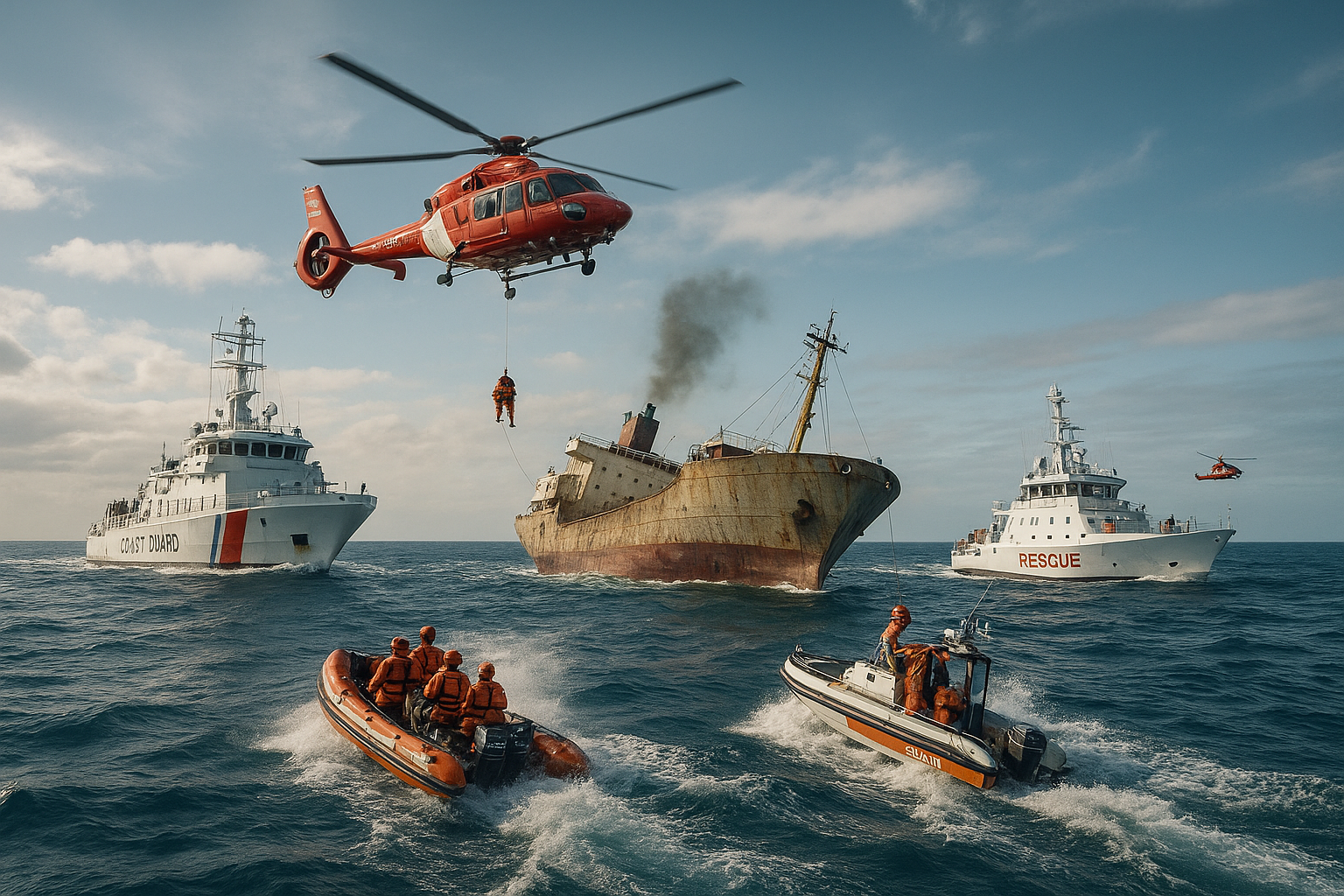
Maritime Emergency Response: How Ships Assist Each Other at Sea
The Brotherhood of the Sea
How the System Actually Works
Fast Rescue Boats: The First Responders
Common Routes: Where Help Is Always Nearby
The Coast Guard: The Professionals Take Over
Medical Emergencies: Getting Help Fast
Fire Emergencies: The Most Dangerous Situation
Flooding Emergencies: Fighting the Sea
The Technology That Makes It All Possible
Training: The Key to Success
The Human Element: Why It All Works
The Bottom Line
Share This Article
Related Articles
Continue reading with these related articles

Emergency Procedures and Safety Equipment on Ships: What Every Passenger Should Know
Learn about emergency procedures and safety equipment on ships, including fast rescue boats, lifeboats, and liferafts. Discover how ships are equipped to handle emergencies and keep passengers safe at sea.

Shipboard Emergency Communications Equipment: Radio Systems, EPIRBs, and Satellite Communications
Discover the critical emergency communications equipment onboard ships, from VHF radios and EPIRBs to satellite systems. Learn how ships maintain contact during emergencies and coordinate rescue operations.

Jobs on Commercial Ships: Maritime Careers & Employment Opportunities
Discover jobs on commercial ships! Learn about maritime careers, employment opportunities, and what it takes to work at sea in the global shipping industry.

Medical Emergencies at Sea: Onboard Medical Facilities and Emergency Medical Response
Discover how medical emergencies are handled at sea, from onboard medical facilities to helicopter medevac flights. Learn about cruise ship medical centers, hospital ships like USS Mercy and USS Comfort, and emergency medical response procedures.
© 2025 The Salty Mariner. All rights reserved.
